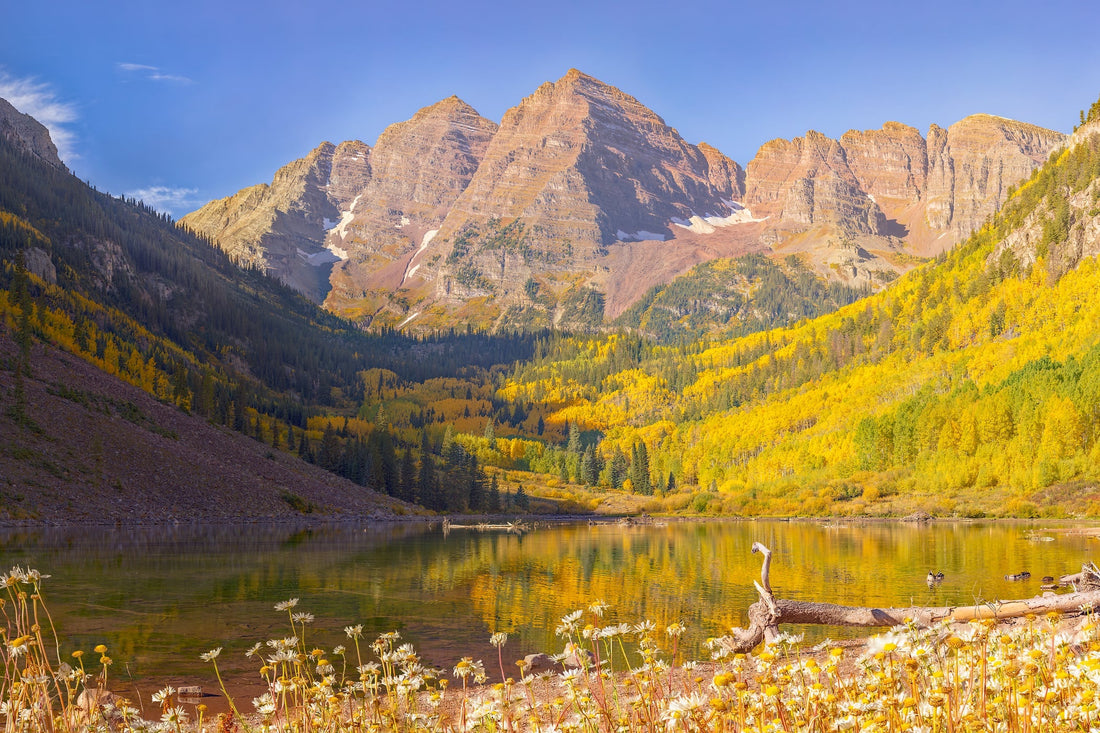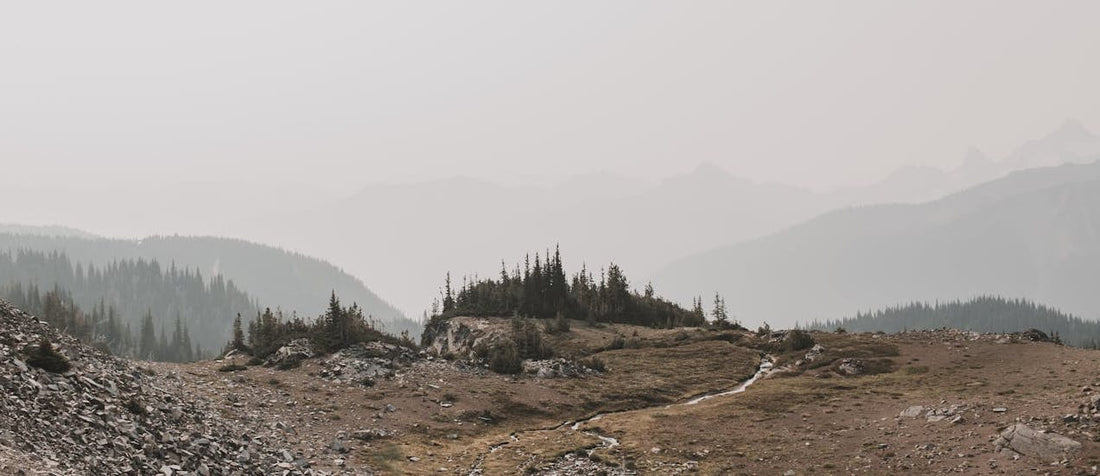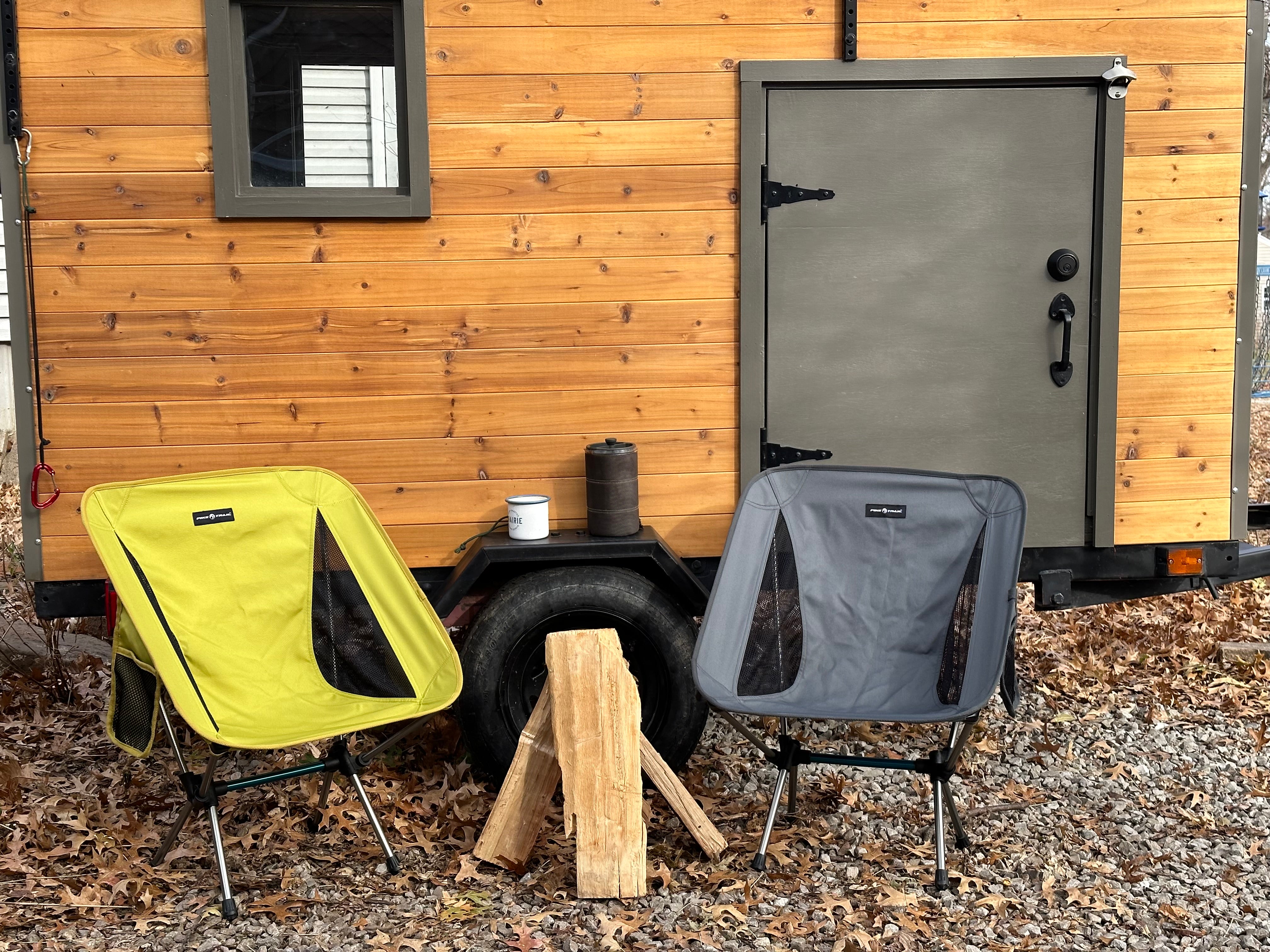There's no doubt about it: winter's here, and lots of people are cozied up inside on the couch with hot chocolate. However, just because there are subzero temps outside, it doesn't mean that you have to give up on spending time in the great outdoors. Winter can be the best and most invigorating time for outdoor activities—especially for hikers.
Hiking is a great activity no matter the weather, and the experience can be incredibly stunning in the winter season since the earth's hilly and mountainous landscapes can be awe-inspiring when they're blanketed with snow.
Now, of course, hiking in the snow isn't for everyone. But, you don't have to be a professional mountaineer to enjoy it. That's especially true if you have the right gear—which means gear that's been tested in extreme weather and conditions. At the end of the day, with the right equipment and a spirit of adventure, hiking in the winter can be a breathtaking experience. Here are our tips for really making the best of this potentially stunning experience.
Make Sure You Wear the Right Footwear
If you are going to survive a winter hike without injury, you're going to need the right shoes. So, make sure you get the proper footwear for a winter hike before you head outside. The tread on the soles of your shoes or boots is essential if you're going to hike on snow and ice. This will give you stability as you walk or climb. Alternatively, you may want to wear snowshoes. These are designed to help you get around on trails, especially if you're hiking wear the snow is really deep.
Find Someone to Hike With You
If you're going hiking in the winter, don't hike alone. Hiking in hazardous conditions always makes more sense with a buddy since there are increased risks for potentials for injuries or accidents. Both of you should be equipped with all the necessary supplies for an emergency, and both should let loved ones know where you're going and when you plan to be back, just so someone's keeping an eye on your safe return.
Get and Bring a Map of the Trail
One of the greatest hazards of winter hiking is that snow can cover the trail. It can be easy to get lost if you wander off the path. Make sure you read the map before you ever leave home, so you are familiar with the trails when you get there. Use your map to traverse the hike, and check in from time to time if you're not sure whether you're still on course.
Stay Hydrated
Make sure you hydrate well before you go on your hike, and then bring water with you to drink while you go. Dehydration can happen in the cold weather from exercise, even if you're not hot. So you'll need to replenish your fluids. Also, being dehydrated is known to expedite the onset of hypothermia. Keep yourself safe from the cold for longer by making sure you've consumed water and brought enough to last you through your excursion. If you don't like the idea of drinking cold water, consider a warm beverage like caffeine-free tea in a thermos (so it stays as hot as you like).
Go in the Daylight Hours
Make sure you plan your hike for the hours of daylight that happen during the winter. While these may be short, you'll want to make sure that the sun is on your face while you're hiking. Going in the daylight ensures it'll stay bright out while you're walking. Hiking in the daylight hours will also ensure you're markedly warmer than if you hiked when the sun was down. This will help you stay comfortable and decrease any risk of hypothermia.
Pack Easy Snacks
You won't want to stop for a big meal while you're on your snowy hike. But you may need energy for the journey, depending on how hard and long your hike is. Bring snacks with you that are easy to eat while you walk: trail mix, granola bars, protein bars, etc. If you can eat your snack on the go, you will save yourself time (rather than having to sit and eat).
Wear Layers
If you're doing a difficult enough hike, or moving at a fast enough pace, you WILL get warm (or hot). For that reason, you should dress in layers. Start with a water-wicking base layer to take care of the sweat from your body. Then add a layer for insulation. Finally, wear a waterproof layer and won't get wet in the snow. Then, you can add or remove layers depending on how hot or cold you feel.
Hike in the Winter With Pike Trail Equipment
If you feel like you're ready to conquer the snow-white peaks of winter hikes, then there's a company that can provide the equipment you need to stay safe and have a great time: Pike Trail. Pike Trail specializes in reliable, tested hiking gear, which will not only keep you warm and comfortable but also help ensure you're safe and stable as you traverse cold, frozen ground. Check out the hiking goods in the shop, and pick the items you need for your adventure. Then, get up off the couch and head outside—adventure is calling!






